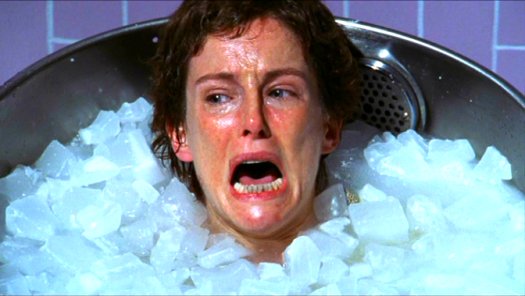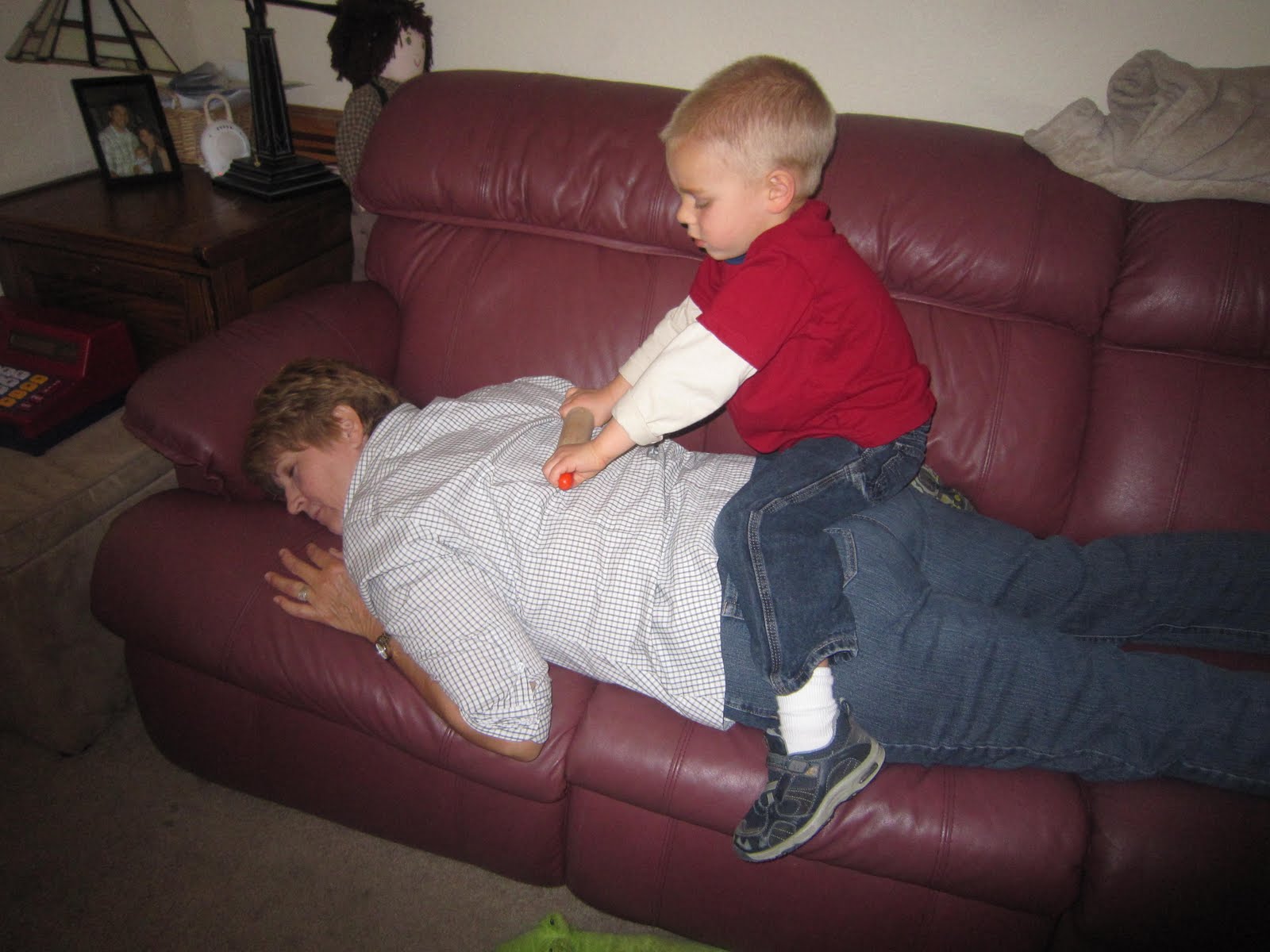Rest Time.
Recovery is key in strength and conditioning. As strength and conditioning coaches, the goal is to build up the person we train to the point of peak performance as well as minimize injuries from training. Today, i'm going to speak about the topic of recovery and some things you can try on your own to help better your training by improving your recovery.

The saying many fitness and strength & conditioning professionals would say is "The work you do at the gym is not what makes you stronger. It's what you do outside of the gym that makes you strong and fit."
There is definitely truth in that statement people! And here's why..
Recovery is the restoration of your body from the stress you induce on it. It is also the regeneration of your mental state and neural well-being. So in simple words, recovery brings your mind and body back to an equal or even better state than before training. This recovery process is also known as adaptation, something our body naturally does when it goes under stress. So physically, when we train, our muscles literally get micro-tears. With other chemical processes that occur with the influx of certain compounds such as creative kinese in our cells, we feel the effects of training after the session itself.
This may be in the form of fatigue (tiredness) or delayed onset of muscle soreness (DOMS). Those two actually affect the adaptations we make and whether we can constantly progress in our training. The likelihood of training after a tough session that has made you sore for 4 days is very low right? So the less you have of these two factors, the higher your willingness to train again.
So you must be thinking, how can we reduce the occurrence of fatigue and DOMS and be able to train day-in-day-out?
The answer is proper recovery!
So what's proper recovery you may ask. Below are a few things that you must take note of and a few tips to ensure that you can maximize your recovery and in turn maximize your training adaptations!
1. Nutrition is Gold!
- After a workout, you have used up most of your fuel sources and your body is in need of replenishment of these nutrients.
- Glycogen stores in the muscles are depleted, muscle fiber damage is induced.
- The two main macro-nutrients of importance at this moment are carbohydrates and protein.
- With the science floating around, the key is having those two macro-nutrients in your body within 30 minutes of your session.
- Of course this is the ideal situation but depending on your circumstance, having any food (whole food sources if possible) in your body after your workout is going to help with your recovery!
2. Nappy Time is Crucial.
- As recovery suggests, it is the time for your body to rest after training it and putting it under stress.
- Hence, sleep is important to allow the chemical processes of the body to rebuild and restore the body back into its original state.
- If you have insufficient sleep, the reality is you can't make up for it by sleeping in. Sleeping in actually makes your body more fatigued.
- Think about bed-rest in the hospital. People actually de-train when they lie down for too long. So the training stress you put on your body then goes to waste if you sleep too much.
- Ideal amount of sleep for proper recovery is 6-8 hours. If you are serious about your training, try to make sure you time-manage well and have that amount of sleep each night.
3. Ice Ice Baby.
- This is something which most elite athletes and sport clubs would do: ice baths!
- Filling a tub full of ice and water and immersing yourself into it reduces the inflammation in your muscles and cells from the stress induced from training.
- But how many of us have a bathtub and that much ice to perform such recovery methods?
- Solution: get an ice pack (the elastosport kind with the gel) and leave it in the freezer. After each session, take it out and place it on the areas which you feel have been stressed the most. This is also more sustainable than always making ice.
- Do the same when you feel like you have strained some part of your body. The extreme cold treatment helps reduce inflammation which then helps the restoration process for recovery.
4. Drink Water Good.
- Ideally, 60% of our bodies should consist of water. If the percentage falls below that, it simply means we are dehydrated.
- After training, we naturally lose water from the perspiration we produce so we have to replenish that upon completion of training.
- Make it a habit to also drink water during training. This allows you to constantly replenish water while training and cools your body down to avoid heat injuries.
- This habit will then follow through when you are done training where you will naturally pick up your bottle and have a sip or two, similar to how you would while you train.
- Try to accumulate to consuming 2-3 litres of water per day! You can count the other forms of liquid you drink (i.e. coffee, tea, soups etc.) but take into consideration that some other drinks have a diuretic effect which means you can lose water by drinking them.
- Always sip and not gulp! Too much water causes you to feel bloated and sends a signal to your body that you need to release the excess water. When that happens, more water than it normally should gets removed from your body which then dehydrates you in the process.
5. Touching Yourself.
- Not in a sense of self-pleasure but in terms of massage!
- Massage stimulates the restoration process in the muscles, ligaments and tendons and allows for scar tissue to be broken down and waste products to be removed.
- It may be costly to visit a massage therapist regularly (despite being worth it!) but there are alternatives to self-massage.
- Specific objects for such tasks like the foam roller is good for fascial release which targets the wrapping around your muscles which gets stiff and tight after consistent training. Same reason why you do stretching for and it is to release that fascial to allow for your muscles to move more efficiently the next time you train.
- Other everyday objects, such as a tennis ball, a rolling pin, and anything else you can picture giving you the effect of someone's fingers digging into your muscles, can help you get those knots in your muscles away.
- Massage also helps loosen up your body and can be done before a workout to allow you to move more efficiently while training!
So if you put these five points down on a checklist and make sure you check them off each time after a workout, I assure you that you will be following a good recovery plan which will in turn drastically improve your training!
Stay Strong and Keep Restoring and Moving,
The Training Geek.





